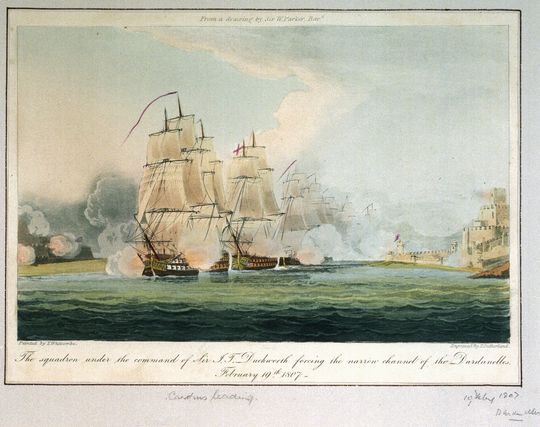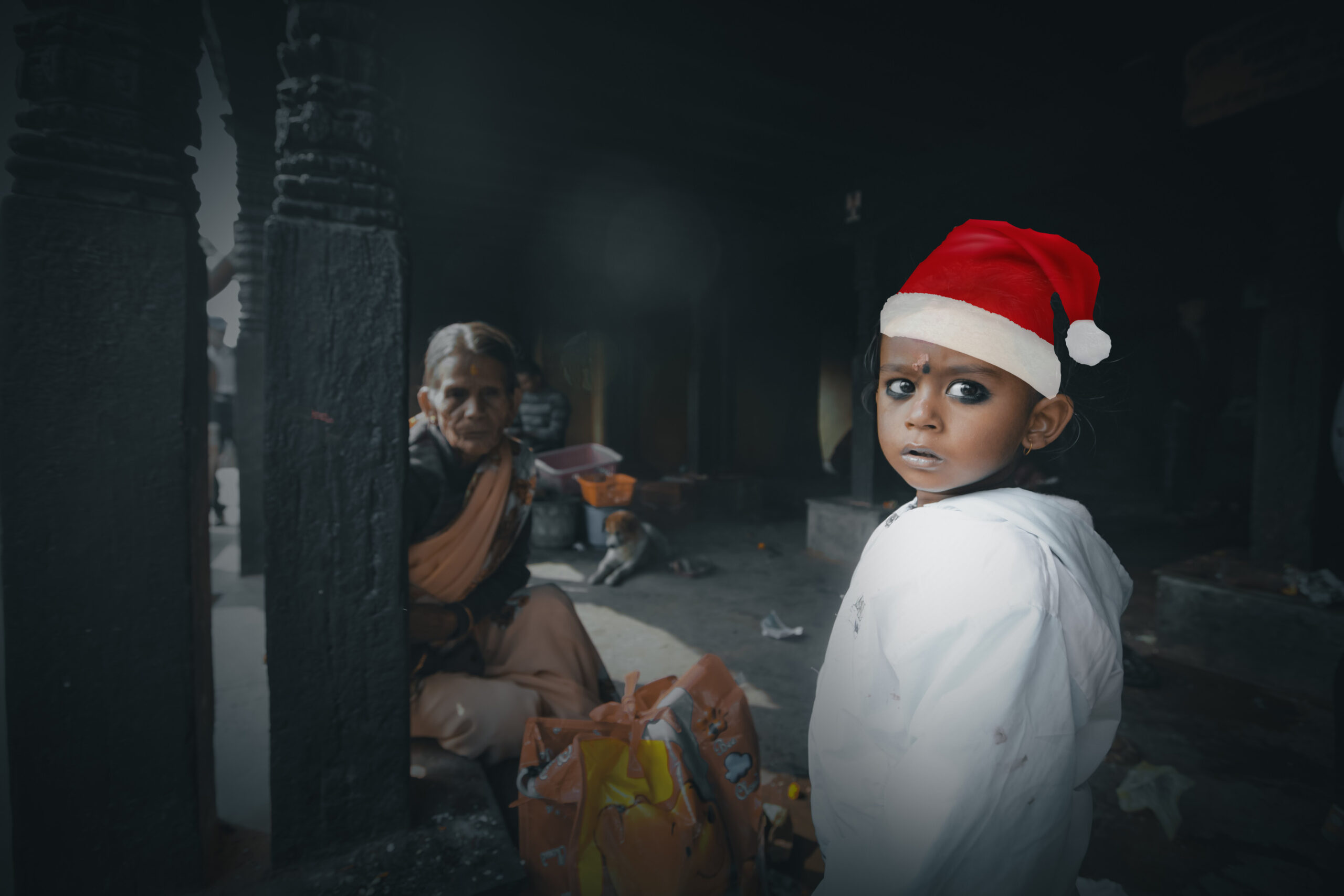ROMANCE THAT ENDED IN TRAGEDY: Forbidden love in Sri Lanka’s monarchy

Romeo and Juliet is a well-known tragic love story written by William Shakespeare, 17th century English writer, poet and dramatist. Layla and Majnun is an old tale of love of Persian origin from the 7th century. Likewise, the long history of Sri Lanka too records such romances. Two of them date back to the pre-Christian era: romantic love between prince Gamini and princess Chithra; prince Saliya and his low-caste lover Asokamala. Yet, the romance between a queen consort and her minister in the central Kandyan kingdom has inspired Sri Lankan artistes, more than other love stories, to compose poems and songs and direct films, stage plays and teledramas.
The story goes back to the 18th century when the coastal belt of Sri Lanka was under the sway of the Dutch colonialists. In 1672 a fleet of French warships landed at the eastern port of Trincomalee. On its way the French had fought several battles at sea with the Dutch and conquered them. At the time King Rajasinghe II, ruler of the independent kingdom of Kandy and the Dutch were sworn enemies. On hearing of the good news of the defeat of the Dutch, the king accorded a warm welcome to the French. Later the fleet left the country but the second commanding officer named Gascogne stayed back and married a Portuguese woman, taking up residence in Kandy.

In 1686 the son of King Rajasinghe II ascended the throne as Vimaladharmasuriya II. The son born to Gascogne was named Pedro Gascon (To facilitate pronunciation, Gascon was changed to Dascon). Though his parents were Christians, a temple (Piriven) education was preferred for the child under the guidance of Buddhist monks. It was at the temple school that Dascon met the son of King Vimaladharmasuriya II and they became fast friends. Dascon won a special affection of the king and the two children often played together at the palace. As the Kandyan nobility plotted to prevent the now young crown prince from being the next heir to the throne, he fled the palace stealthily and later managed to quell the rebellion, thwarting the attempts of the conspirators. In 1707 he was enthroned as King Vira Parakrama Narendrasinghe at the age of 17 and to show his gratitude to his childhood friend who gave wholehearted support to the prince to crush the insurrection, Dascon was appointed to the post of Maha Adhikaram (Chief Minister) after two years, thus earning the wrath of the noblemen.
In 1708 the king brought a pretty princess from South India from the Nayakkar royal clan to be his queen consort, named Pramila Devi. She was the daughter of Lord Pitti Nayakkar and Lady Abhirami Devi. King Narendrasinghe is generally described as a playful, quarrelsome and wicked king addicted to alcohol and gambling, and fond of women. This earned for him the nickname “Sellam Nirindu” (meaning in Sinhalese “Playboy King”). Yet, surprisingly, another version describes him as a personage who devoted himself to further religion and literature, who lived at peace with the Dutch invaders.
Nevertheless, it so happened that while the king was enjoying himself with his concubines at the harem in the palaces of Senkadagala and Kundasale, Pramila was doomed to be left alone at Hanguranketha, the other palace of the king. It was then that a forbidden love developed between the handsome minister and the forlorn queen consort. Pramila is said to have studied the Sinhalese language from Buddhist monks and she later became versed in poetry. Dascon too had an inborn talent to be a poet. Both of them exchanged poems of love and were inflamed with passion for each other. This romance became an open secret in the palace.
Then Pramila contracted a disease which the royal physicians could not diagnose. Prior to conducting a ritual, a life-seized image in clay resembling the queen, had to be made. A sculptor was commissioned in this task under the supervision of Dascon. When, on completion of the work, the minister noted the absence of a birth mark on one thigh of the queen and asked the sculptor to correct it, king’s suspicions grew, wondering how his faithful friend could have known this. Incensed at the assumption of a possible sexual relationship between the two in his absence, the king promptly incarcerated him. While in prison, Dascon wrote poems, asking for pardon, to be handed over to the king. Yet, the nobleman named Levke Rala, the protagonist of the conspiracy, who had always been burning with jealousy of Dascon, accusing him of alleged missionary activities, saw to it that the poems never reached the king. With no explanation coming from the friend for his breach of trust, the king ordered to behead Dascon in 1710. Only after his death, King Narendrasinghe came to know the truth. Levke Rala, who had by then replaced Dascon as Chief Minister, was sentenced to life imprisonment.
Pramila, who saw her lover being taken to the executioner, was distraught with grief. A legend says that she committed suicide by eating a poisonous tuber of a wild plant, thus drawing an illicit love-affair to a tragic end.
As Pramila bore no children to King Narendrasinghe who died in 1739, her brother from South India ascended the throne as King Srivijaya Rajasinghe, conforming to the then custom, as King Narendrasinghe had refused appointment of his brothers, born to royal concubines, as his successors to the Kandyan throne. This decision of the king marked a turning-point in the nearly 2400-year long unbroken dynasty of Sinhalese kings in the country.
Although orthodox historians have sought to view this historical romance as a forbidden love, open-minded commentators now try to give the story a human and emotional slant. The popular teleplay (2014-2015) on this story, written and directed by the award-winning Sinhalese actor Jackson Anthony, and telecast on a private channel, has made an attempt in this direction.
Others argue that the relationship could be no more than a mere friendship between two persons drawn together with a common interest: poetry. They say that the birth mark cannot be clear proof of an erotic relationship. It is said that Dascon chanced to see the spot unwillingly when he was trying to bring Pramila to safety while she was having a bath and faced a threat from a group of criminals. Still others assert that the whole story seems to have been exaggerated and may have been a part of the plot of the nobility to avenge Dascon’s prominent position in the palace in their struggle for power.
The royalty from South India, called “Nayakkar” or “Nayak” (a Sanskrit word for “leader”) belonged to a clan from the city of Madurai in the present-day Tamil Nadu state. Their mother tongue was Telugu though they spoke both Sinhalese and Tamil as the languages of the palace. The dynasty of the four Nayakkar monarchs who ruled in Kandy for nearly 100 years professed Hinduism though they were patrons of Theravada Buddhism in South Asia. Sri Wickrema Rajasinghe, the last Nayakkar king of Sri Lanka, was deposed by the British in 1815 and taken as a royal prisoner to the Vellore Fort in South India where he died of an illness in 1832. He was succeeded by King George III as king of British Ceylon.***







